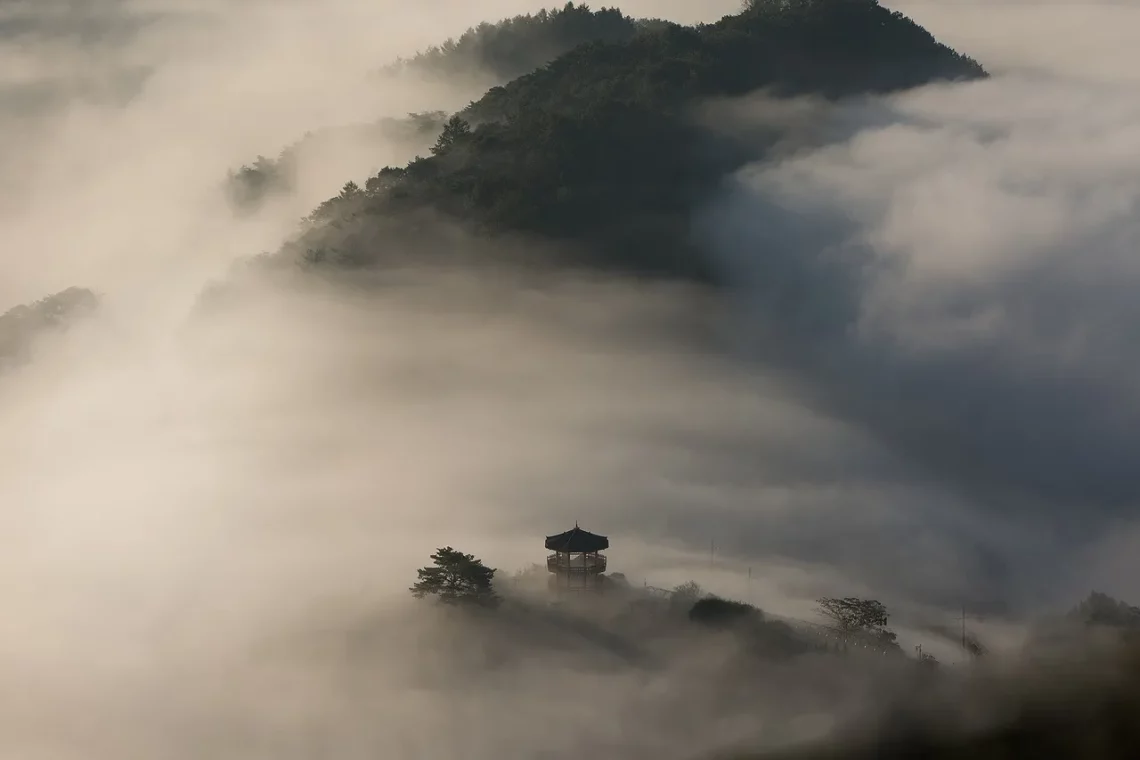
Understanding the Meaning of Green Haze in Various Contexts
The phenomenon known as “green haze” may evoke various images and interpretations depending on the context in which it is considered. Traditionally associated with natural environments, this term often conjures thoughts of lush vegetation, bountiful forests, and serene landscapes. However, the implications of green haze extend far beyond the realms of nature, permeating into cultural, psychological, and even technological domains.
In contemporary discourse, the term has been adopted to describe numerous situations, emotions, or phenomena, each carrying its unique significance. This multifaceted nature of green haze reflects not only the complexity of human perception but also the interplay between our environment and our emotional states. As we delve deeper into the concept, it becomes clear that the nuances of green haze can vary widely, influenced by individual experiences, cultural backgrounds, and even societal trends.
Understanding the meaning of green haze requires an exploration of its various manifestations. From environmental implications to psychological interpretations, each perspective sheds light on how we perceive and interact with the world around us. This article aims to unravel the diverse dimensions of green haze, offering insights into its significance across different contexts.
Environmental Perspectives on Green Haze
When considering green haze from an environmental standpoint, it often refers to the visual phenomena observed in nature. This can encompass a range of experiences, from the vibrant hues seen in dense forests to the atmospheric conditions that create a green-tinged sky.
One of the most notable environmental associations with green haze is its appearance in forested areas. The interplay of sunlight filtering through foliage creates a stunning display of green tones that can evoke feelings of tranquility and connection to nature. This aesthetic experience plays a significant role in how individuals perceive their environment, often leading to a greater appreciation for natural landscapes.
Moreover, green haze can also indicate environmental issues, such as pollution or climate change. In certain contexts, a greenish tint in the atmosphere may signify the presence of harmful substances or algal blooms in water bodies, prompting discussions about ecological health. The duality of green haze as both a symbol of beauty and a marker of environmental distress highlights the complexity of our relationship with nature.
Beyond visual experiences, green haze in environmental discussions often leads to conversations about conservation and sustainability. As awareness grows around the importance of preserving natural habitats, the notion of green haze can inspire action and advocacy for environmental protection. This term serves as a reminder of the delicate balance we must maintain to ensure the vitality of our ecosystems.
In summary, the environmental perspective on green haze encompasses both the beauty of nature and the challenges posed by human impact. Recognizing this duality allows for a more nuanced understanding of our surroundings and encourages a proactive approach to environmental stewardship.
Cultural Interpretations of Green Haze
The cultural significance of green haze is rich and varied, manifesting in literature, art, and folklore. Across different societies, this term has been imbued with meanings that reflect collective values, beliefs, and aesthetic sensibilities.
In literature, green haze often symbolizes renewal, growth, and the ephemeral nature of life. Writers may utilize this imagery to evoke emotions related to hope and transformation. The lushness associated with green haze can represent not only physical growth but also personal and spiritual evolution, emphasizing the interconnectedness of all living things.
Artistic representations of green haze can also be found in various mediums, from painting to photography. Artists often harness the soothing qualities of green to evoke feelings of calm and introspection. The use of color theory in visual arts highlights how green can influence mood and perception, further embedding green haze within cultural consciousness.
Furthermore, in many cultures, green is associated with fertility and abundance. This connection can be observed in traditional celebrations and rituals that honor the earth’s cycles. Green haze, in this context, becomes a symbol of prosperity and the nurturing aspect of nature, reinforcing the importance of harmony between humans and the environment.
The folklore surrounding green haze varies widely, with some cultures attributing mystical qualities to it. Tales of enchanted forests or otherworldly experiences often feature green as a central theme, suggesting that this color embodies a sense of mystery and the unknown. The cultural interpretations of green haze reveal the depth of human experience and the ways in which we find meaning in our surroundings.
In conclusion, the cultural lens through which we view green haze enriches our understanding of its significance. It serves as a reminder of the diverse narratives that shape our perception of nature and the emotions it evokes.
Psychological Implications of Green Haze
The psychological dimensions of green haze delve into how this concept influences human emotions and mental states. The color green is often associated with feelings of calmness, balance, and rejuvenation, making it a powerful psychological symbol.
Research in color psychology suggests that exposure to green can have a positive impact on mental well-being. For many, green haze may evoke feelings of relaxation and relief from stress, reminiscent of time spent in serene natural environments. This association underscores the therapeutic potential of nature in enhancing mental health and emotional resilience.
Furthermore, green haze can serve as a metaphor for emotional states. Individuals may experience “green haze” during times of confusion or uncertainty, where clarity seems obscured. This interpretation aligns with the idea that the mind can become clouded by overwhelming emotions, much like the way a green haze can obscure visibility in the physical world. Recognizing this metaphorical use allows individuals to explore their emotions and seek clarity in challenging situations.
On a broader scale, the concept of green haze can also be linked to the idea of mindfulness and presence. Engaging with nature and embracing the calming effects of green can encourage individuals to practice mindfulness, fostering a deeper connection to their thoughts and feelings. This practice can lead to improved mental clarity and emotional regulation, highlighting the importance of understanding the psychological implications of green haze.
In summary, the psychological aspects of green haze reveal its ability to influence emotions and mental well-being. By acknowledging these implications, individuals can harness the power of green to enhance their emotional health and cultivate mindfulness.
Technological Associations with Green Haze
In the modern age, the term green haze has also found its way into technological discussions, particularly in relation to digital media and visual effects. Here, green haze can refer to specific visual phenomena, such as the greenish tint seen in certain screens or digital images.
Within the realm of technology, green haze can symbolize advancements and innovations that aim to enhance user experiences. For instance, the use of green light in displays often serves to reduce eye strain, suggesting that the concept is not only aesthetic but also functional. As technology evolves, the interpretation of green haze continues to adapt, reflecting the changing relationship between humans and digital environments.
Moreover, the rise of virtual reality (VR) and augmented reality (AR) has introduced new dimensions to the understanding of green haze. In these immersive experiences, the manipulation of color and light can create a sense of depth and realism, with green hues often employed to evoke specific emotions or atmospheres. This usage illustrates how green haze is being redefined in contemporary technological contexts, merging art and science.
In addition, discussions around sustainability in technology often invoke the term green haze. As industries strive to implement eco-friendly practices, green haze becomes a metaphor for the efforts to create a more sustainable future. This association highlights the importance of aligning technological advancements with environmental consciousness, ensuring that progress does not come at the expense of the planet.
In conclusion, the technological associations with green haze reflect its evolving meaning in a digital world. As we navigate the complexities of technology and its impact on our lives, understanding the multifaceted nature of green haze can foster a more informed perspective on its implications for our future.
In closing, it is essential to recognize that while exploring the various meanings of green haze can provide valuable insights, this article is not intended as medical advice. For health-related concerns, it is always recommended to consult a qualified healthcare professional.




